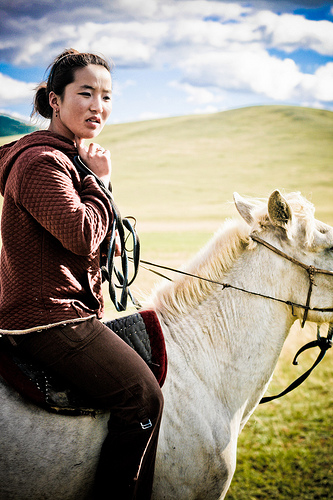
Half of the story behind the Great Walls of China isn’t in China. Even when you have a very good tour guide, read lots of books and watch lots of films, you still get half of the story. To fully understand and visualize the origin of this wonder of the world, you need to go to the other side and meet the descendants of the people who once terrorized not only China but also half of the world.
I visited Mongolia in the 21st the century, the era under rapid urbanization and unprecedented development and progress in technology, yet I felt like walking in the past: people wearing traditional costumes, herding their animals on horseback, living in tents and moving about with their animals.
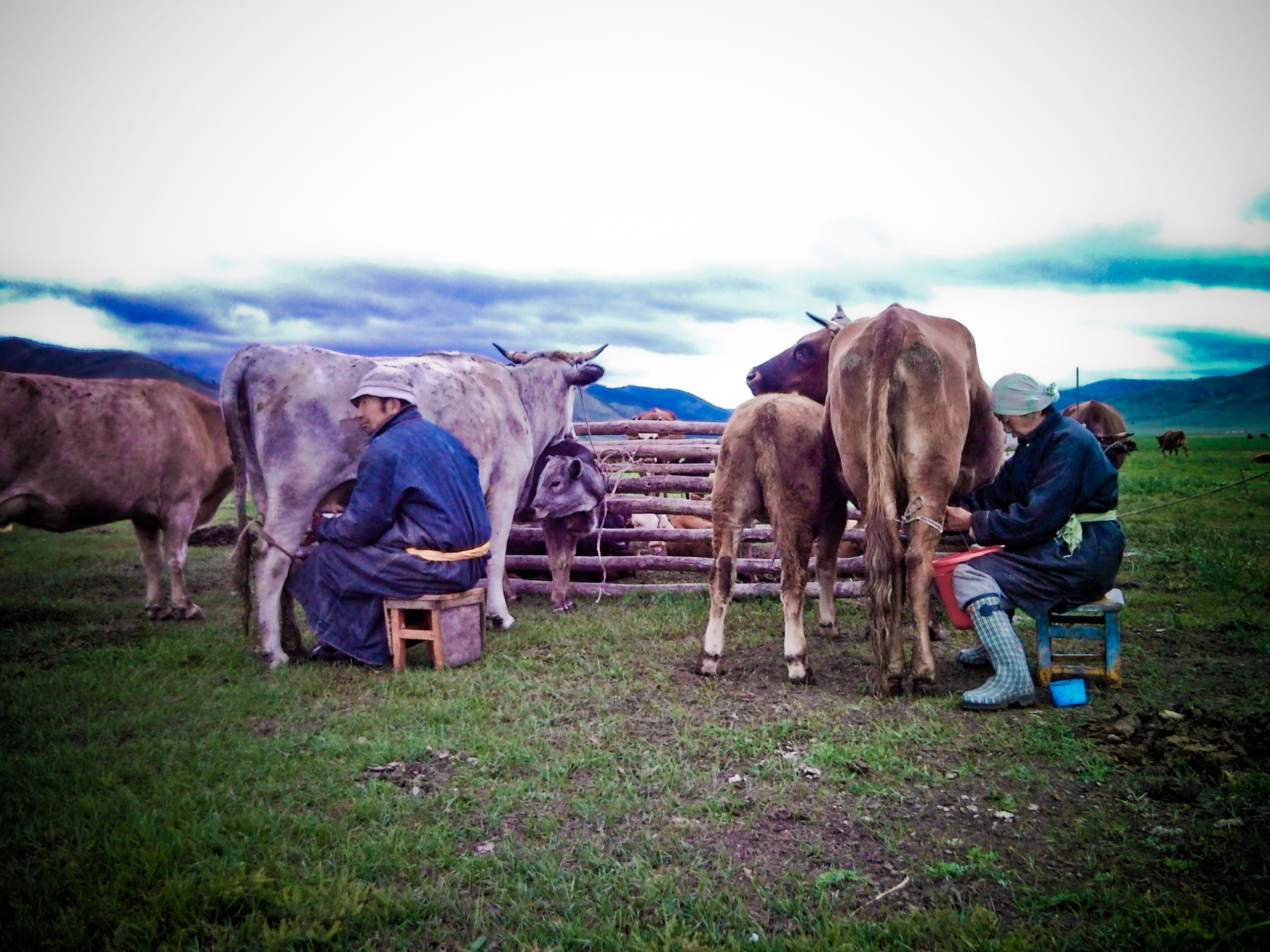
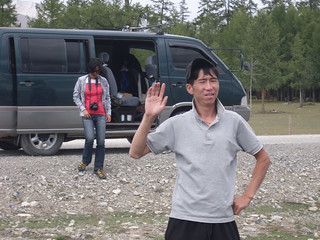 “Mendee, you’re Asian, why you’re eating like Western people?” I yelled at Mendee, my driver who kept eating bread in every meal including those typical Asian: instant noodles and rice. “You eat like Russian.” “Yes, it’s because of Russian influence,” Gambar, the guide, replied.
“Mendee, you’re Asian, why you’re eating like Western people?” I yelled at Mendee, my driver who kept eating bread in every meal including those typical Asian: instant noodles and rice. “You eat like Russian.” “Yes, it’s because of Russian influence,” Gambar, the guide, replied.
At first, I automatically assumed that Mongolia was more similar to China because they were both Asian countries and had years of assimilation. Their facial features are similar though Mongolians have more slanted eyes and rounder, puffier faces. They both use chop-stick. They eat instant noodle. They are both traditional and dictated by rules and traditional beliefs.
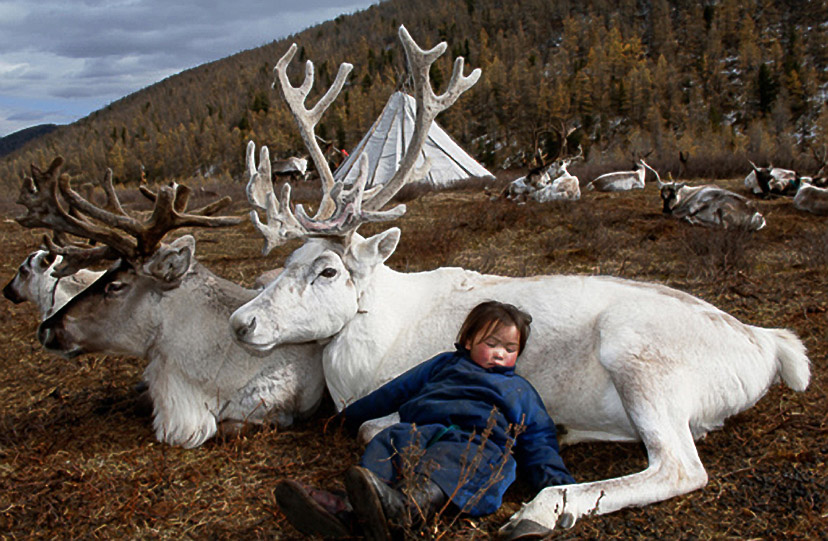

“If you can dream – and not make dreams your master; / If you can think – and not make thoughts your aim;” (Rudyard Kipling 9-10).
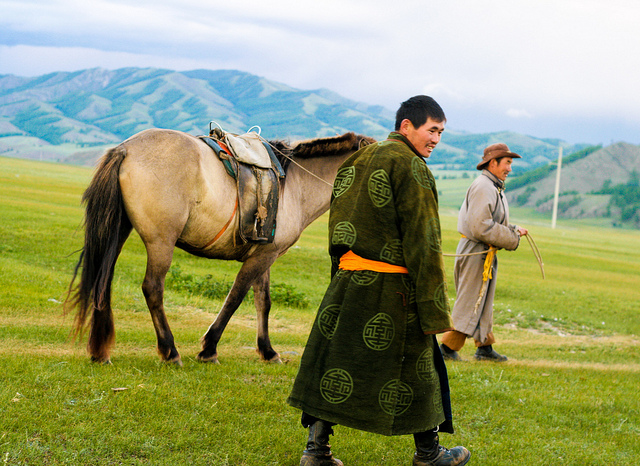
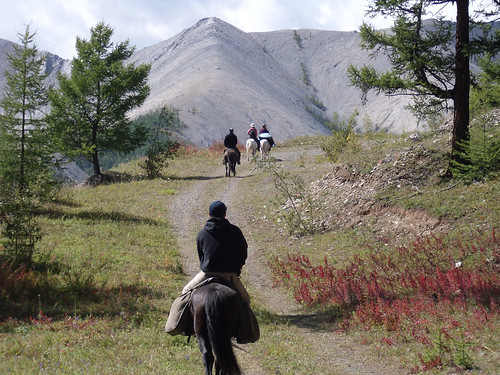 Where else to ride a horse than the very place which invented horse riding. I did 3-day horse trekking at Khovsgol Lake starting from Jankhal where the guide and his horses lived.
Where else to ride a horse than the very place which invented horse riding. I did 3-day horse trekking at Khovsgol Lake starting from Jankhal where the guide and his horses lived.
The manager of Garage 24, the Guesthouse we stayed in Khatgal, called other families in the region until we found a family who gave us the best deal. It cost 20000 MNT per day for the guide and10000 MTN per day for a horse plus each horse plus one horse to carry our luggage.

To test your knowledge of geography, people always ask for the capital of Mongolia. If you can name “Ulaanbaatar” it means either you didn’t sleep in high school or no one is expected to know about this strange-sounding name.
I ran out of Russian ruble in Ulan-Ude, my last city in Russia. Not wanting to withdraw more oney to have Lenin watch over me, I left for Ulaanbaatar (UB) three days earlier than planned with a lot of misgiving. I wanted to rest after a month of rough train traveling and camping with minimal washing, but not in a country known for its intense sun shining 250 days in the year and not in a city sounded like a dairy product (Ulan-Butter).
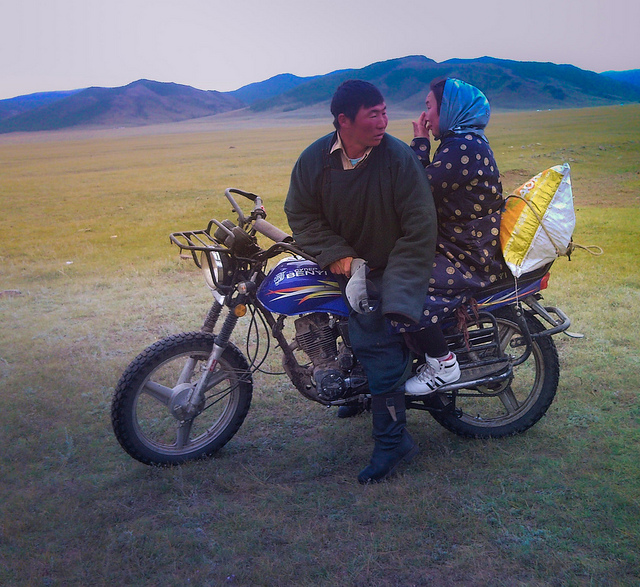
Backing Mongolia can be a trip of a lifetime. You’ll see things you might have never seen before. Make sure you pack the right gears and clothing for Mongolia though. If you plan on traveling all over Mongolia, then pack for all occasions: spring, summer, autumn and winter. The weather in Ulaanbaatar, the capital, can be sunny and hot, but as you drive out to the steppe, it becomes windy and cold.
I was in Mongolia from mid-August to mid-September; the sun was less harsh. Some part of the Gobi desert was cold and windy while in another; you can walk in short and a t-shirt. In Yolyn Am, your feet can be stuck ankle-deep in the snow. Most of the time I wore many layers and peeled off one by one depend on the weather condition.
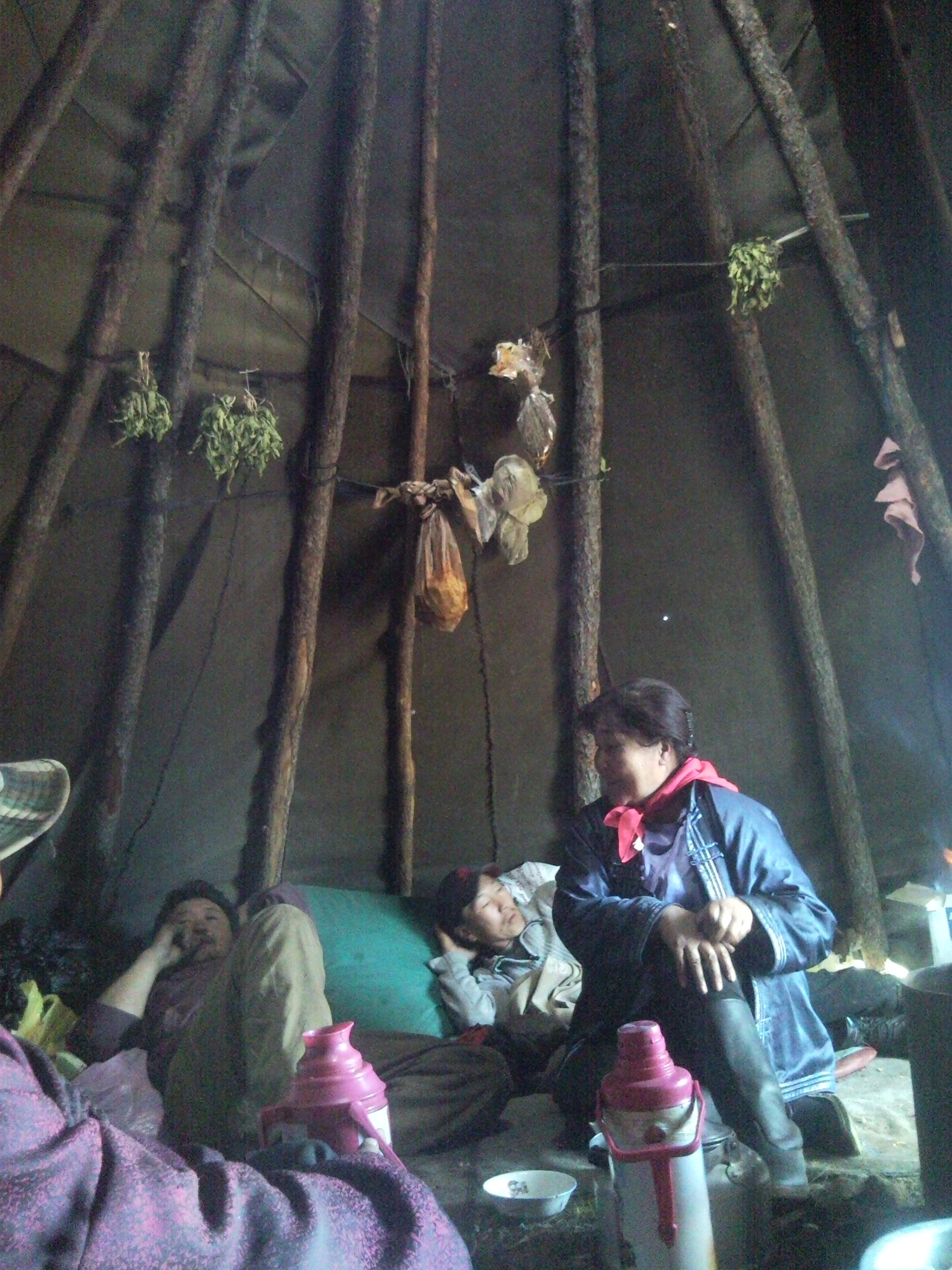
As I watched the drama unfold, I noticed a similarity in the miscommunication among our group to that in projects I worked with. We spoke English, used the same vocabulary and agreed to the same thing, yet we wanted completely different things.
Here is a quick summary of the situation. I met a German couple, Andy and Suzi in Kazan, Russia who planned a trip to Mongolia. They had already arranged for a driver, Mendee, a van and a translator/guide, Erdem and had a rough plan to travel for 18 days in the North and Central Mongolia. Their friend, Neil would join later. They needed three more to fill the van, with me, we only needed to find two more. We found the last two one day before the trip, Moran and Asher from Israel. The Israelis wanted to visit the Tsaatan people up the North. Andy and Suzi wanted to visit Lake Khovsgol. From the map, these two locations looked approximately close, thus we agreed on doing both.
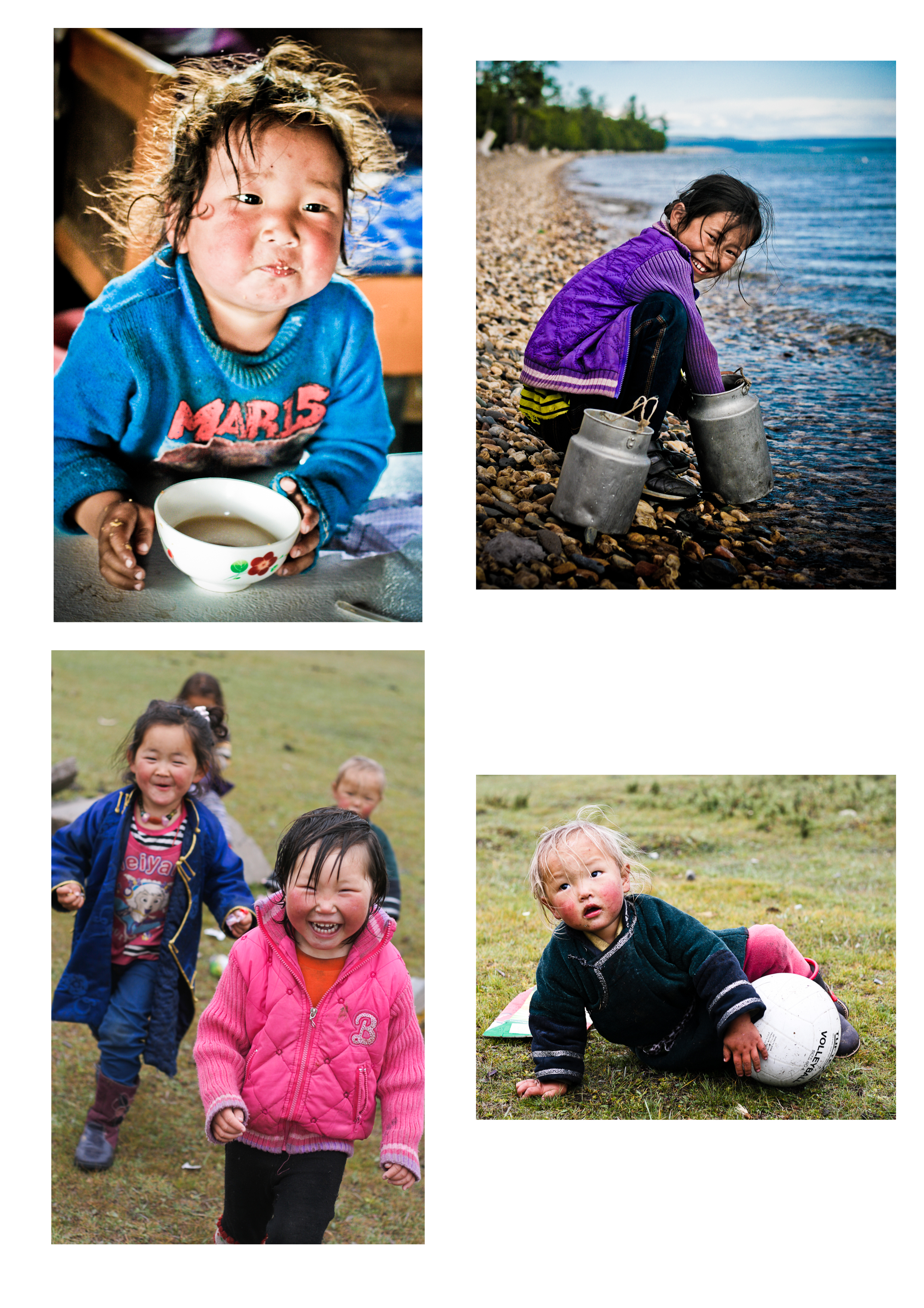
Mongolian children were so adorable with their rosy, puffy cheeks, tiny eyes and faces as dirty as their surrounding. I must be the picture-perfect environment I found them in. I saw toddlers and young children playing around their tents while older boys herding their family’s livestocks on horseback, running small errands on motorcycles and girls fetching water from small streams or assisting their mother greeting guests.
Children growing from the countryside were very eager, polite and resourceful, characteristics I found lacking from those in the cities.
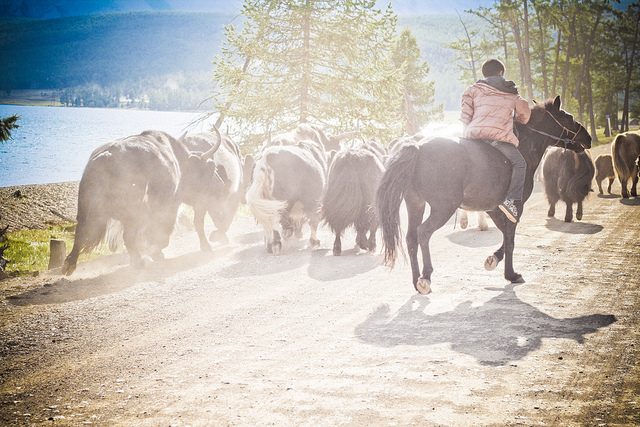
 Where else to ride a horse than the very place which invented horse riding. I did 3-day horse trekking at Khovsgol Lake starting from Jankhal where the guide and his horses lived.
Where else to ride a horse than the very place which invented horse riding. I did 3-day horse trekking at Khovsgol Lake starting from Jankhal where the guide and his horses lived.
The manager of Garage 24, the Guesthouse we stayed in Khatgal, called other families in the region until we found a family who gave us the best deal. It cost 20000 MNT per day for the guide and10000 MTN per day for a horse plus each horse plus one horse to carry our luggage.
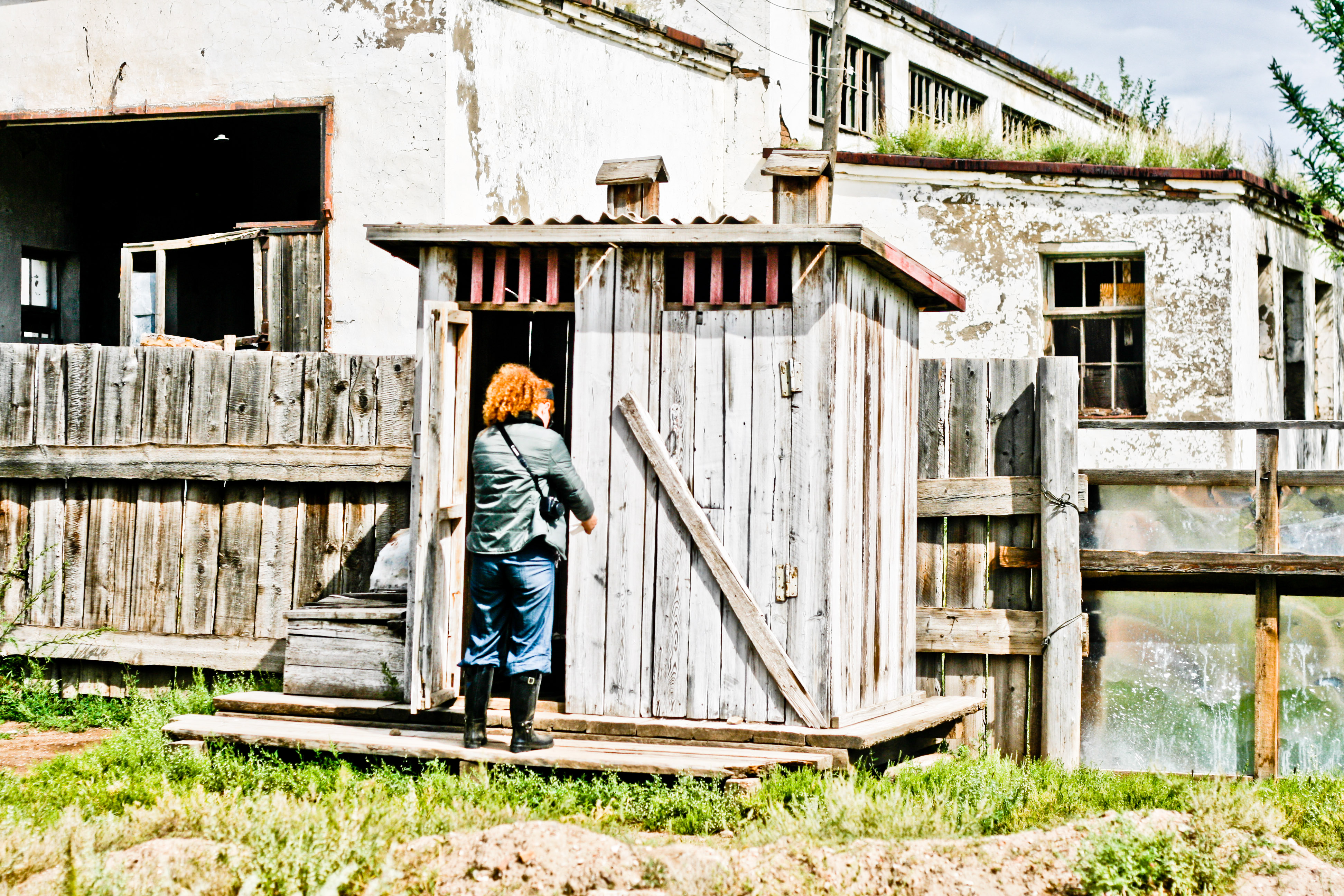
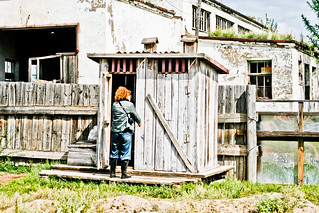 Think again before saying “I’m in deep shit.” It’s not something you want to say in Mongolia as it might come true. In the beginning, the thought of doing the Mambo no. 1 and 2. out in the open, semi-exposed to public view, made me feel unease, but after one week, I got used to this form of public indecency.
Think again before saying “I’m in deep shit.” It’s not something you want to say in Mongolia as it might come true. In the beginning, the thought of doing the Mambo no. 1 and 2. out in the open, semi-exposed to public view, made me feel unease, but after one week, I got used to this form of public indecency.